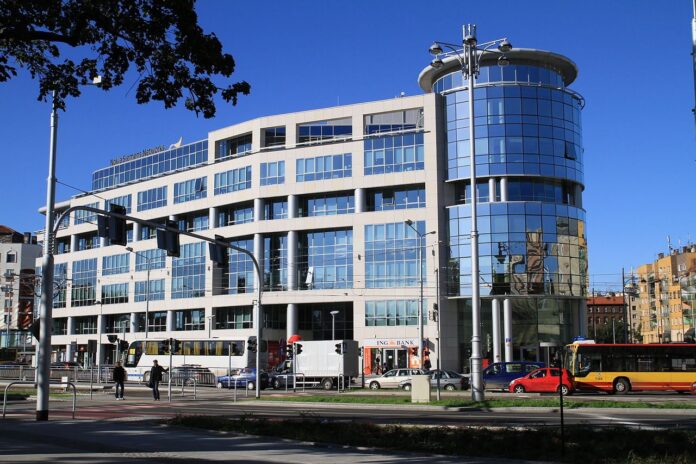Nokia wants to give its carrier customers new ways to monetize their existing network infrastructure. The company’s new portfolio of smart city solutions is about selling software and services that make mobile infrastructure more valuable to municipalities and thereby open up new revenue opportunities for service providers.
Nokia’s blockchain-enabled sensing-as-a-service offering is meant to work with existing base station sites. Nokia says carriers can add narrowband-IoT capability to existing infrastructure through software upgrades, and can deploy sensors at these urban sites in order to sell the anonymized data they collect to cities. This will require secure micro-payments, enabled by Nokia’s proprietary blockchain.
The company is also launching a new smart cities platform to orchestrate all smart city operations such as video surveillance, smart lighting, parking, waste management, and environmental sensing. Phil Twist, Nokia’s VP for mobile network marketing, said one goal is to make it easier for city officials to leverage mobile networks.
“It’s too easy to assume that someone who is running a city infrastructure is also a telecommunications expert and understands how all of this technology could work and bring advantage to their city,” Twist said. “So we’re trying to simplify this a little bit by launching an integrated operations center that can provide the hub for all of the smart city’s IoT operations. It can work with whatever vendor systems the city might have and support a very wide range of applications.”
Public safety is another focus for Nokia’s smart city initiatives. The company wants to enable operators to leverage their commercial LTE networks to offer mission-critical broadband services to public safety agencies. The company said it chose an MVNO model in recognition of the fact that public safety officials may not be network engineers, but still can benefit enormously from LTE.
“Cities need to become digital in order to efficiently deliver services to their habitants,” said Asad Rizvi, head of global services business development at Nokia. “Smart infrastructure, which is shared, secure, and scalable, is needed to ensure urban assets and data are efficiently used. We can help cities with that. In addition, we can help operators generate new revenue utilizing their existing network by providing solutions for smart city players, such as city, transport, travel and public safety authorities.”

